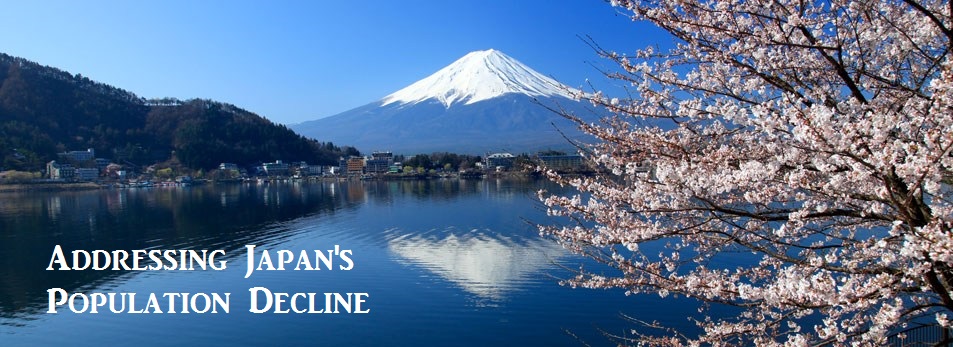Ester Boserup’s Theory of Agrarian Change – A Critical Review: David Grigg
David Grigg provides a structured review of Ester Boserup’s theory behind what drives agriculture to change. One of the four major causes she identifies as problems in agriculture is population growth. Boserup claims that the amount of increased output from agriculture has a negative effect on the lands, and therefore the production of food. She also includes agricultural technology, land tenure systems, and settlement form in her argument. Grigg adds in the assumptions which should be understood in order to fully understand her stance. These assumptions are rather large, and cannot be applied to certain situations, for example Japan. Although Japan currently has a declining population that omits itself from the population growth that Boserup assumes, pre-industrial Japanese agriculture can be compared. Indeed the agricultural peak in Japan was during pre-industrial times, and they were forced to undergo changes that Boserup emphasizes. Between 1946 and 2004, Japan experienced a 68% increase in population and a 66% decrease in employees in farms. In order to keep up with the demand for food, Japan underwent changes such as intensified practice and new technology. Although Boserup does not touch on the cattle side of agriculture, Japan’s main intensification practices were found in meat. It is interesting to note that Japan’s agriculture still has not recovered fully, and in fact, change in agriculture was a product of the demand shift from rice to fruit, meat, and vegetables as well as a lifestyle shift from rural to urban. While population plays a large role in the decline, the incline of the elderly population displaces many farming jobs due to labor as Boserup notes. Subsequently, farming land is abandoned (Gasparatos 2011). This article was the perfect connection to agriculture as the social systems during Japan’s agrarian boom emphasized women and power in a way that is no longer seen in modern Japan. I think it is important to understand the history of this boom and how Japan reacted to it’s decline.
From David Grigg, Progress in Human Geography, vol. 3, no. 1 (1979): 64-84. Used by permission of SAGE Publications.
